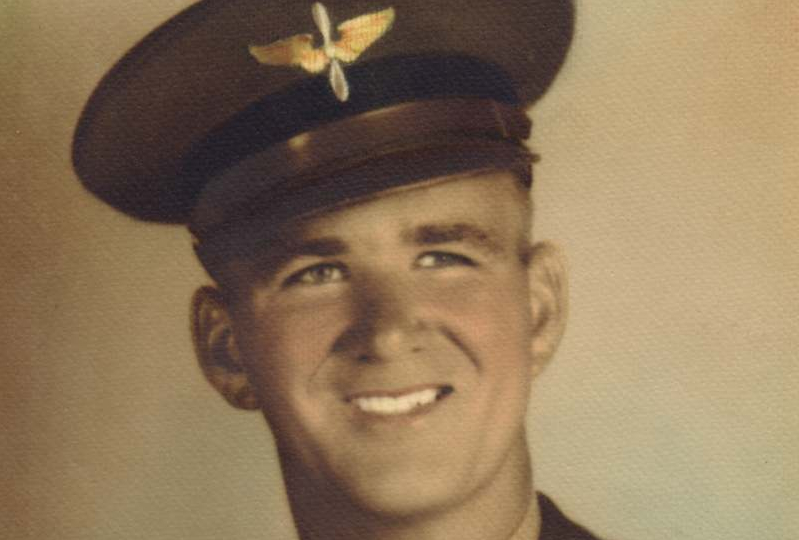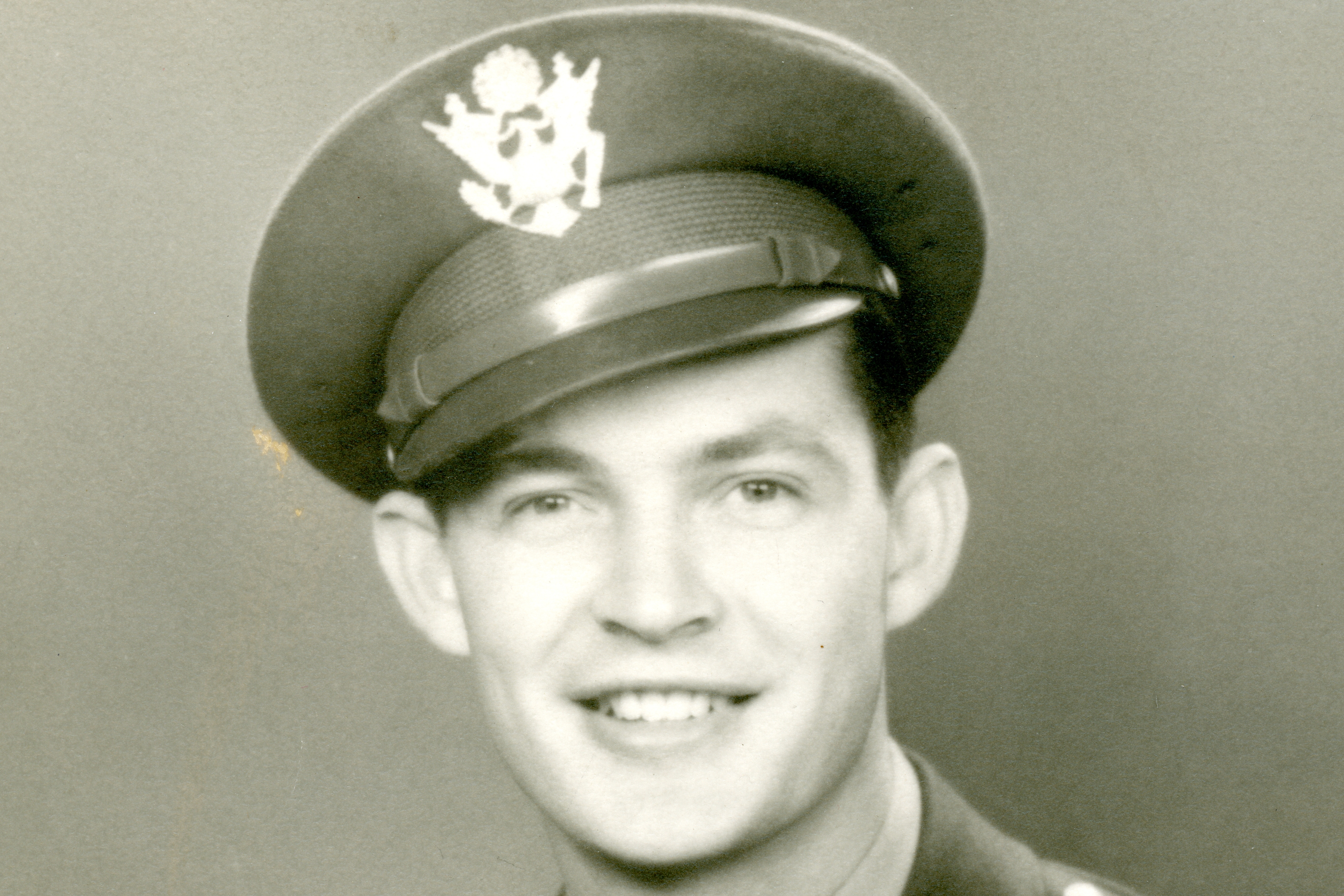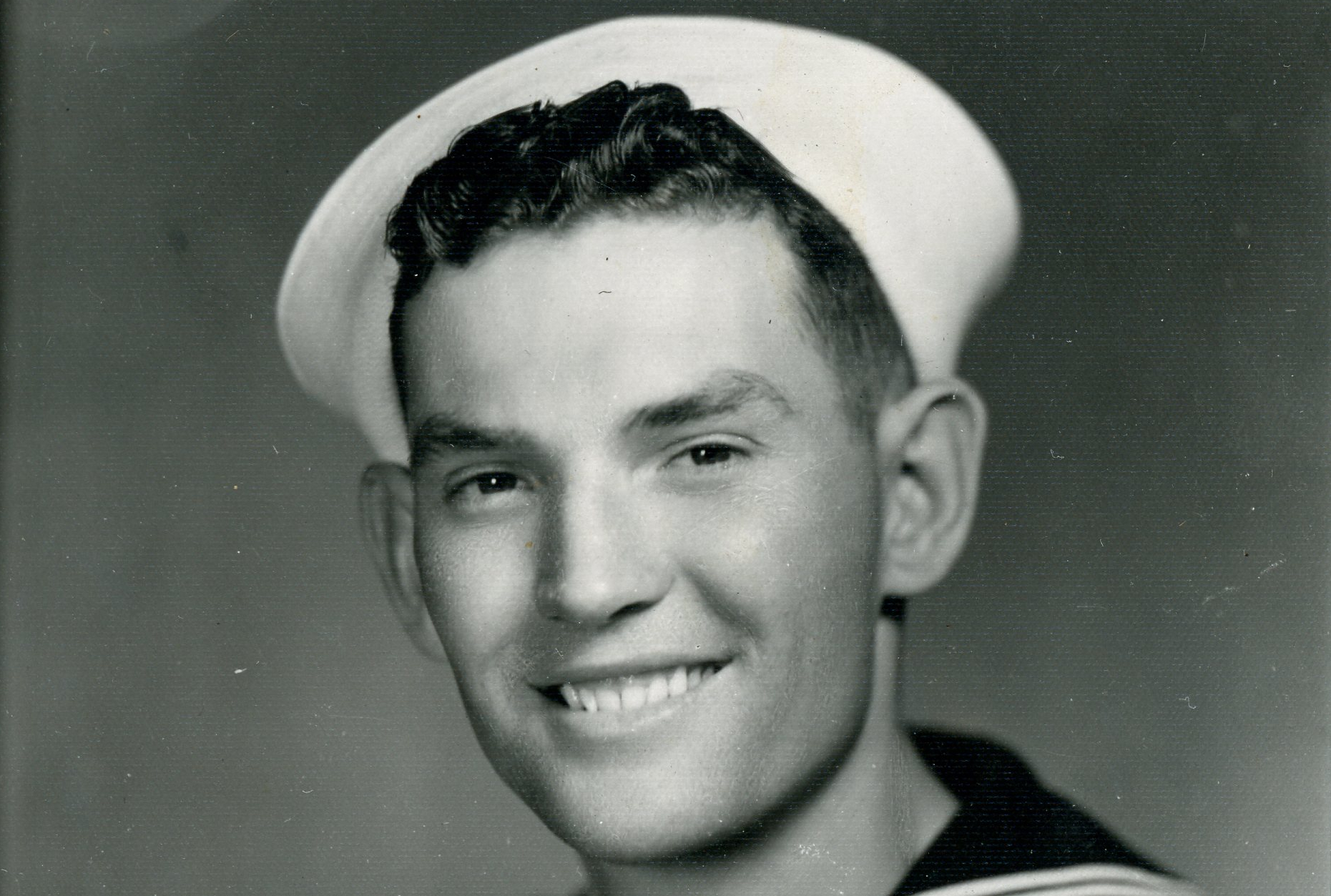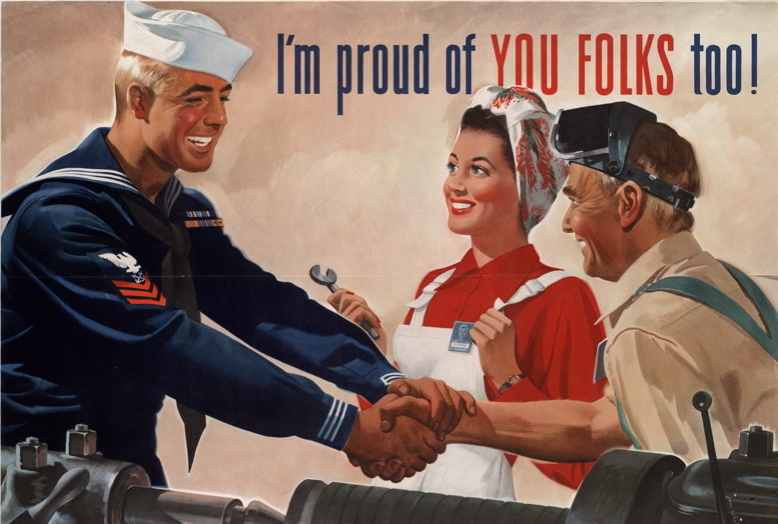My Greatest Generation
WORLD WAR II
Never in the field of human conflict has so much been owed by so many to so few.
- Winston Churchill

This portion of the website is dedicated to members of my family who served in the military and on the home front as part of Tom Brokaw's "The Greatest Generation" during World War II. The focus is on the enormous and courageous effort put forth by these and other Americans after Pearl Harbor on December 7, 1941. You can argue the relative merits of this generation before and after the war, but there is no denying that the heroic sacrifices of the "Greatest Generation" during World War II saved America and its allies from defeat and tyranny. From the first chapter of Brokaw's book:
When our young American was reaching eighteen, in 1938, the flames of war were everywhere in the world: Hitler had seized Austria; the campaign against Jews had intensified with Kristallnacht, a vicious and calculated campaign to destroy all Jewish businesses within the Nazi realm. Japan continued its brutal and genocidal war against the Chinese; and in Russia, Stalin was presiding over show trials, deporting thousands to Siberia, and summarily executing his rivals in the Communist party. The Spanish Civil War was a losing cause for the loyalists, and a diminutive fascist general, Francisco Franco, began a reign that would last forty years.
At the beginning of a new decade, 1940, just twenty years after our young American entered a world of such great promise and prosperity, it was clear to all but a few delusional isolationists that war would define this generation's coming of age.
France, Belgium, the Netherlands, Luxembourg, Denmark, Norway, and Romania had all fallen to Nazi aggression. German troops controlled Paris. In the east, Stalin was rapidly building up one of the greatest ground armies ever to defend Russia and communism.
Japan signed a ten-year military pact with Germany and Italy, forming an Axis they expected would rule the world before the decade was finished.
It had been a turbulent twenty years for our young American, and the worst and the best were yet to come. On December 7, 1941, the Japanese attacked Pearl Harbor. Across America on that Sunday afternoon, the stunning news from the radio electrified the nation and changed the lives of all who heard it. Marriages were postponed or accelerated. College was deferred. Plans of any kind for the future were calibrated against the quickening pace of the march to war.
Churchill couldn't have been happier. He would now have the manpower, the resources, and the political will of the United States actively engaged in this fight for survival. He wrote, "So we had won after all." A few days later, after Germany and Italy had declared war against the United States, Churchill wrote to Anthony Eden, his foreign secretary, who was traveling to Russia, "The accession of the United States makes amends for all, and with time and patience will give us certain victory."
In America, young men were enlisting in the military by the hundreds of thousands. Farm kids from the Great Plains who never expected to see the ocean in their lifetimes signed up for the Navy; brothers followed brothers into the Marines; young daredevils who were fascinated by the new frontiers of flight volunteered for pilot training. Single young women poured into Washington to fill the exploding needs for clerical help as the political capital mobilized for war. Other women, their husbands or boyfriends off to basic training, learned to drive trucks or handle welding torches. The old rules of gender and expectation changed radically with what was now expected of this generation.
In our current era of renewed authoritarian populism and Neo-Nazi nationalists parading with swastikas, it is essential to remember, call attention to, and honor the enormous sacrifices made by the World War II generation to ensure that such corrupt and evil ideologies did not succeed in extinguishing democracy and freedom from the world. A cliche perhaps, but still worth repeating: if we fail to remember and learn from history we may be condemned to repeat it.
The history of wars reveals how we get into them, why we keep fighting them, and what we do to justify cruelty and destruction visited on others. War is not always avoidable and sometimes, such as in the case of World War II, there are compelling moral reasons for fighting. But the horrors of war and the attendant sacrifices on both sides should give us pause to carefully consider the moral basis and the possible consequences before committing to the fight.






